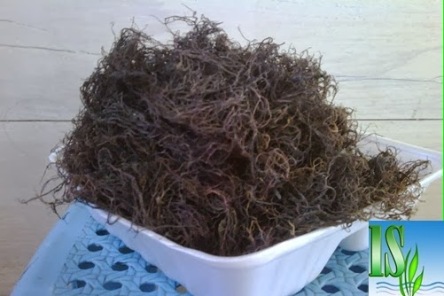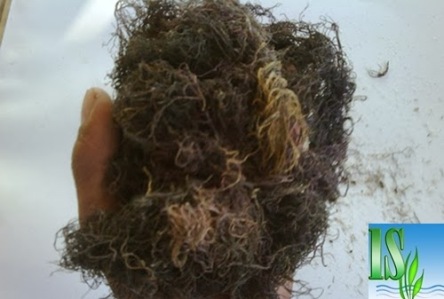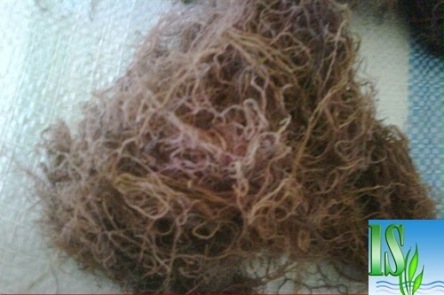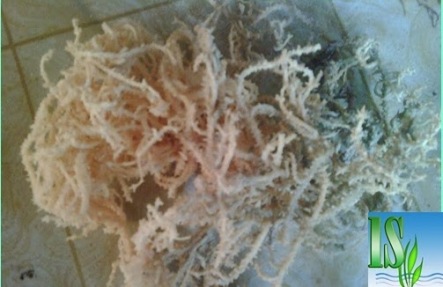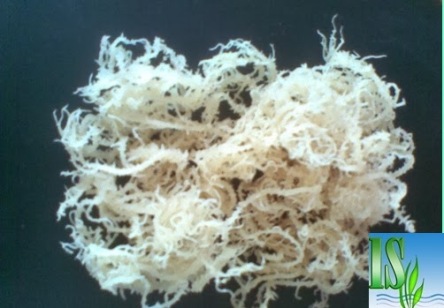…
var cpo = []; cpo[“_object”] =”cp_widget_85b4b880-9e6e-40c7-a071-2ec355948be8″; cpo[“_fid”] = “A4EAdh7SyEVX”; var _cpmp = _cpmp || []; _cpmp.push(cpo); (function() { var cp = document.createElement(“script”); cp.type = “text/javascript”; cp.async = true; cp.src = “//www.cincopa.com/media-platform/runtime/libasync.js”; var c = document.getElementsByTagName(“script”)[0]; c.parentNode.insertBefore(cp, c); })(); Powered by Cincopa Video Hosting solution.
Eucheuma Cottonii
Eucheuma Cottonii (Kappaphycus alvarezii) is a species of red alga. It is one of the most important commercial sources of carrageenans, a family of gel-forming, viscosifying polysaccharides. Farming methods affect the character of the carrageenan that can be extracted from the seaweed.
This alga grows to two meters long and is green or yellow in color. It is very fast-growing, known to double its biomass in 15 days.
Different carrageenan types differ in composition and conformation, resulting in a wide range of rheological and functional properties. Carrageenans are used in a variety of commercial applications as gelling, thickening, and stabilizing agents, especially in food products such as frozen desserts, chocolate milk, cottage cheese, whipped cream, instant products, yogurt, jellies, pet foods, and sauces.
Aside from these functions, carrageenans are used in pharmaceutical formulations, cosmetics, and industrial applications such as mining. Carrageenan is extracted from this seaweed in two ways. In native extraction, the seaweed is made into an aqueous solution, and the residue is filtered, leaving nearly pure carrageenan. The alkaline-modified method is less expensive and easier. The seaweed is mixed in an alkali solution, leaving a mixture of carrageenan and cellulose that can be sold as semirefined carrageenan.
We sell seaweed E. Cottonii with a minimum monthly production capacity of 300MT, with product specification as below:
SPECIFICATION
• Moisture content (Moisturicy): 35% -38%
• Stools (Impurity): Maximum 4%
• Planting Age: 45-60 Days
• Diameter of shaft: 0,5CM-1CM
• Color: Black, Amarant, Violet
• Drying: Sunlight
• Price: Contact Me via email or telephone
• Production Capacity: 300 Tons / Month
Packaging:
Packaging system with the press by using press machine which is designed specifically for seaweed pressings per-bale weighing 50 Kg or 100 Kg and is wrapped with plastic bag
_____________________________________________________________________________________









